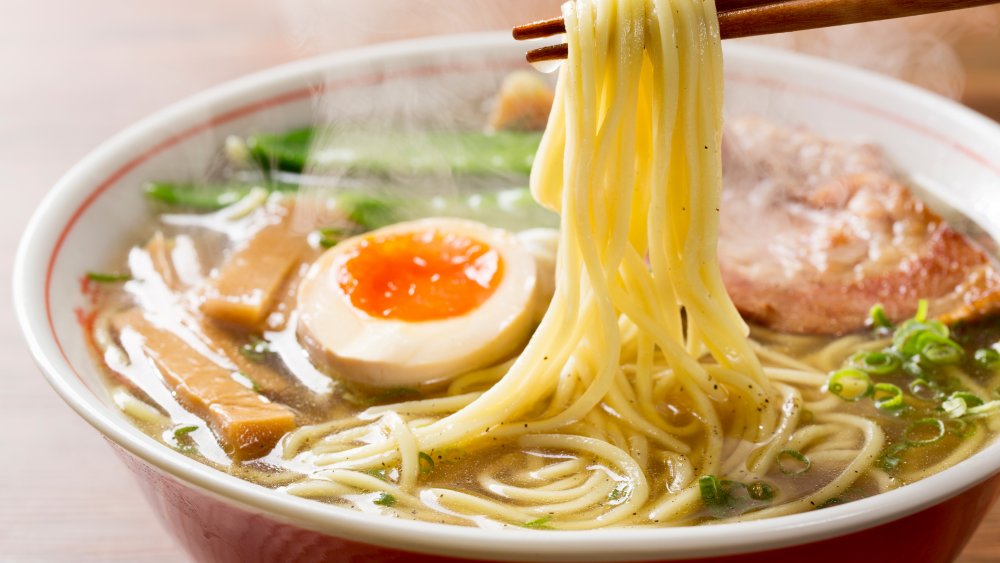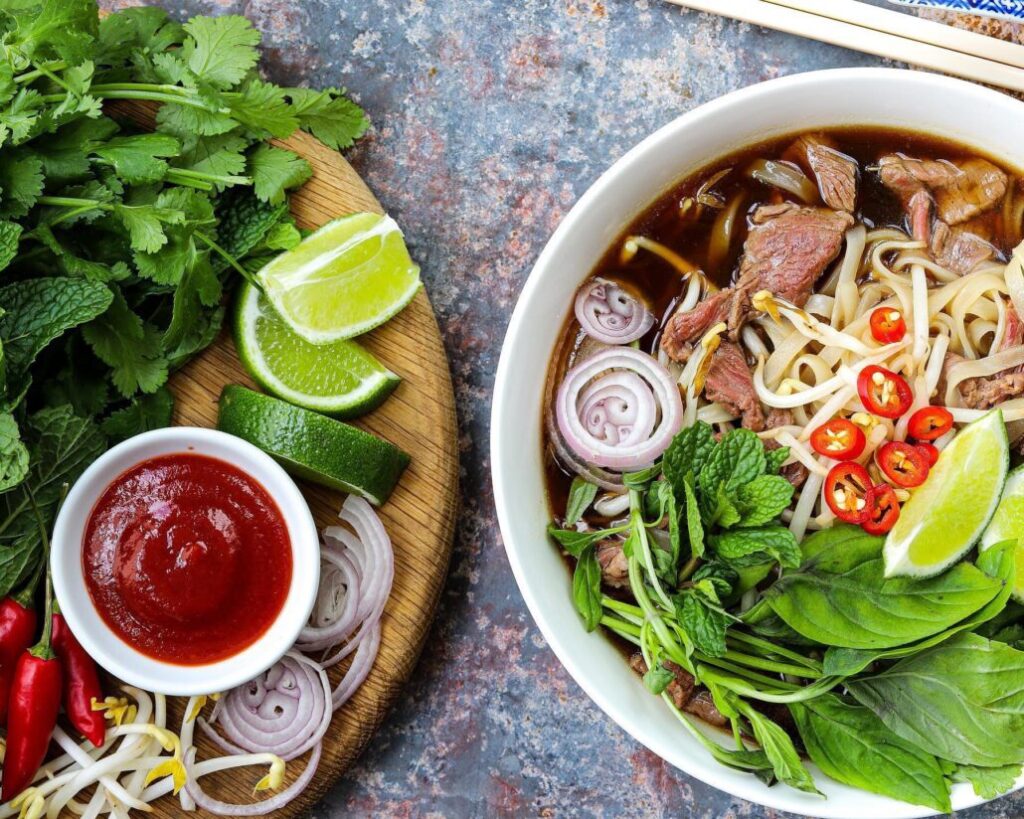Comparative Advantages and Disadvantages

Pho and Con, two prominent Vietnamese soups, offer unique culinary experiences. Understanding their comparative advantages and disadvantages allows diners to make informed choices based on their preferences.
Pho, a beef-based broth with rice noodles, boasts a rich and flavorful broth that requires hours of simmering. Its popularity stems from the harmonious balance of spices and aromatics, resulting in a complex and satisfying taste. Con, on the other hand, features a lighter broth made from fish or pork bones, often accompanied by thinner noodles. It is known for its refreshing and delicate flavors, with a subtle sweetness and a hint of acidity.
Broth
Pho’s beef broth stands out for its depth and richness, achieved through the use of beef bones, star anise, cinnamon, and ginger. The long cooking process extracts a robust flavor that is both comforting and flavorful. Con’s broth, made from fish or pork bones, offers a lighter and more delicate taste. It is often seasoned with lemongrass, ginger, and a touch of sweetness, resulting in a broth that is refreshing and invigorating.
Noodles
Pho typically features wide, flat rice noodles that soak up the flavorful broth. The noodles are soft and slightly chewy, providing a satisfying texture to the dish. Con, on the other hand, uses thinner rice noodles that are more delicate and less absorbent. These noodles offer a subtle contrast to the broth, allowing the flavors to shine through.
Toppings
Both Pho and Con offer a variety of toppings to customize the dish. Pho is commonly garnished with thinly sliced beef, brisket, or meatballs, adding a savory and protein-rich element. Con, on the other hand, often includes fish cakes, shrimp, or squid, providing a lighter and more seafood-centric experience.
Conclusion, Pho vs con
Pho and Con represent distinct culinary approaches, each offering its own unique advantages and disadvantages. Pho’s rich broth and hearty noodles cater to those seeking a satisfying and comforting meal, while Con’s lighter broth and delicate noodles appeal to those who prefer a refreshing and invigorating dish. Ultimately, the choice between Pho and Con depends on personal preferences and the desired culinary experience.
Historical Context and Evolution: Pho Vs Con

Pho vs con – Pho and Con, two distinct Vietnamese musical genres, emerged during different historical periods and evolved over time under various influences.
Pho originated in the northern regions of Vietnam during the 19th century, rooted in traditional folk music. It is characterized by a slow tempo, pentatonic melodies, and the use of bamboo instruments like the sáo (flute) and đàn nguyệt (moon lute).
Pho’s Evolution
- In the early 20th century, Pho incorporated Western musical elements, such as harmonies and rhythms, through exposure to French colonial culture.
- During the Vietnam War, Pho became associated with the struggle for national identity, as it was often performed by soldiers and civilians.
- In recent years, Pho has experienced a revival and modernization, with contemporary artists blending traditional melodies with electronic beats and experimental sounds.
Con, on the other hand, originated in the southern regions of Vietnam in the mid-20th century, influenced by traditional folk music and popular Western genres like jazz and rock.
Con’s Evolution
- In the 1960s and 1970s, Con flourished during the American War, with artists experimenting with psychedelic sounds and social commentary.
- After the war, Con faced censorship and suppression, leading to a decline in popularity.
- In the 1990s, Con experienced a resurgence, with a new generation of artists incorporating elements of traditional Vietnamese music and contemporary global trends.
Key factors that have influenced the evolution of Pho and Con include cultural exchange, political events, and technological advancements. These genres continue to evolve and reflect the changing cultural landscape of Vietnam.
Practical Applications and Use Cases

Pho and Con are both widely used in various real-world applications. Pho is a powerful tool for predicting and classifying data, while Con is often used for detecting anomalies and outliers.
Pho
- Predictive analytics: Pho is used to predict future outcomes based on historical data. For example, it can be used to predict customer churn, sales revenue, or disease risk.
- Classification: Pho is used to classify data into different categories. For example, it can be used to classify emails as spam or not spam, or to classify images as cats or dogs.
Con
- Anomaly detection: Con is used to detect anomalies or outliers in data. For example, it can be used to detect fraudulent transactions or network intrusions.
- Outlier detection: Con is used to detect outliers in data. For example, it can be used to detect outliers in customer behavior or sensor readings.
The choice of which method to use depends on the specific task at hand. Pho is generally better suited for tasks where the data is well-behaved and there is a clear relationship between the input and output variables. Con is generally better suited for tasks where the data is noisy or there is a complex relationship between the input and output variables.